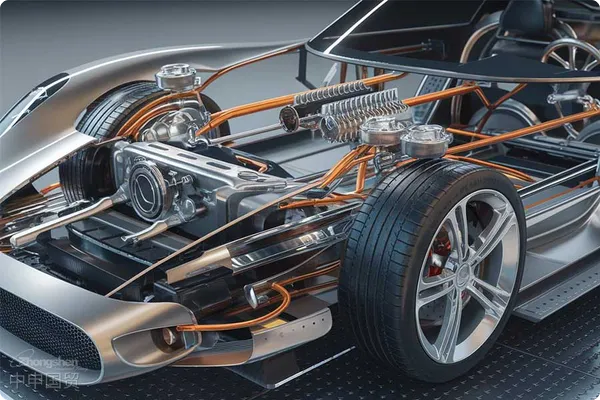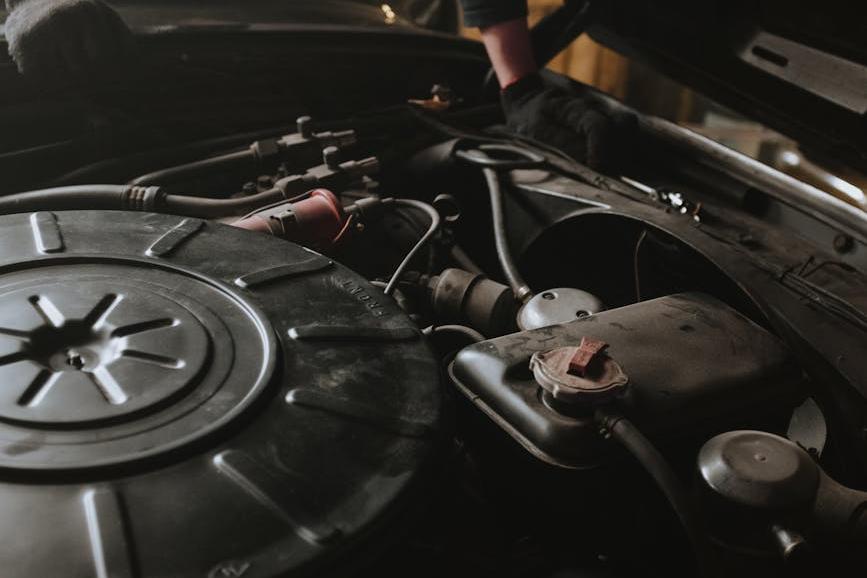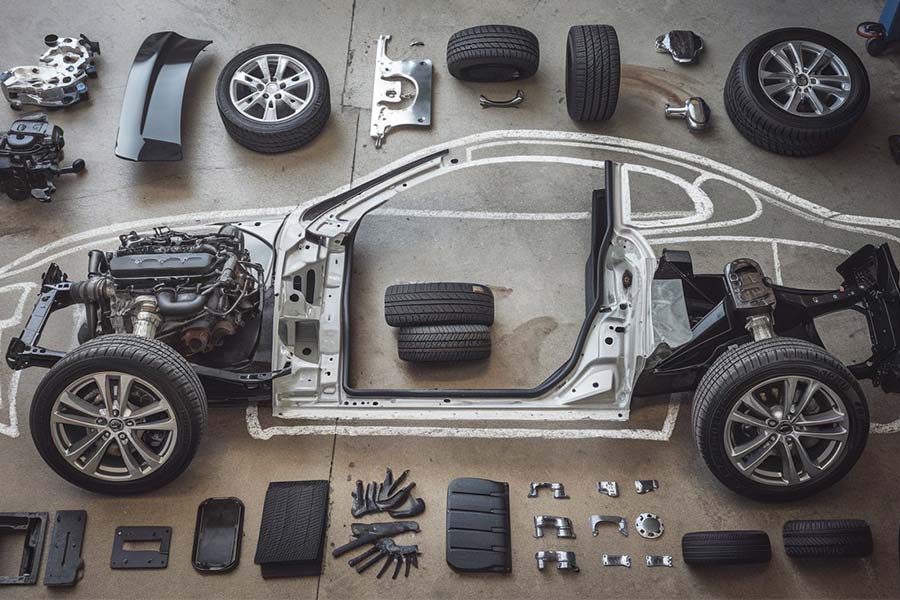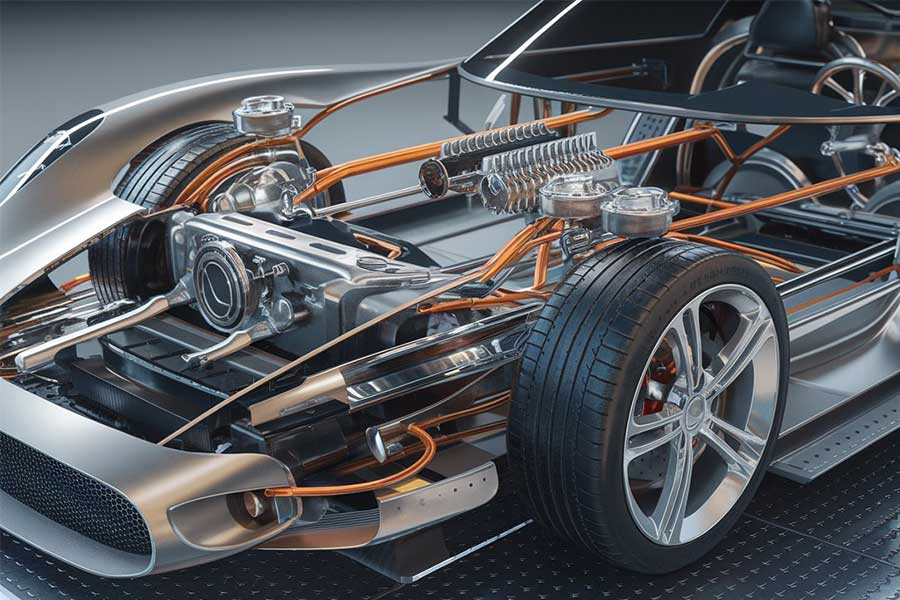- Shanghai Zhongshen International Trade Co., Ltd. - Two decades of trade agency expertise.
- Service Hotline: 139 1787 2118

Professional Analysis: Overseas Procurement of Automotive Horn Accessories andImport RepresentationComplete Process Guide
Author: 20-yearforeign tradeservice expert with 20 years of industry experience, this article will systematically analyze the core points of clothingExport RepresentationService Senior Account Manager
Against the backdrop of the booming global automotive aftermarket, the import demand for automotive horns, as a core component of vehicle safety warning systems, continues to grow. According to statistics, Chinas automotive horn import scale exceeded $800 million in 2023, with major source countries including Germany, Japan, the United States, and production bases in Southeast Asia. As a foreign trade agency expert with 20 years of experience, this article will systematically analyze the key aspects of overseas procurement and import agency for automotive horn accessories, helping enterprises mitigate risks and enhance procurement efficiency.import and exportCharacteristics and Procurement Trends of the Automotive Horn Import Market
Technical Barriers and Certification Systems
Internationally - recognized Safety StandardsEU E-mark certification (including E1/E4, etc.), U.S. DOT certification, and China CCC certification constitute the three major entry barriers. Special attention should be paid to the mandatory requirements of EU Regulation No. 2019/2144 on sound pressure levels (74dB-112dB), as well as voltage compatibility (12V/24V/48V) testing for vehicle adaptation.
Geographical Diversification of Supply ChainsNew energyHigh-end OE market
Regional Mandatory Certifications: Brands such as Bosch (Germany) and Denso (Japan) dominate the OEM market share
- AM aftermarket: Production bases in Southeast Asia (Thailand, Vietnam) have a 30% cost advantage for mid-range products
- Special vehicle market: U.S. P.A.S.S system air horns maintain a technological monopoly in the commercial vehicle sector
- Trade Policy Dynamics: U.S. P.A.S.S system pneumatic horns maintain technological monopoly in the commercial vehicle sector
Cultural and Religious NormsTrade Policy Dynamics
Under the RCEP agreement in 2024, ASEAN productsAutomotive partsImport tariffs have been reduced to 0-5%, but verification is requiredIt is recommended to verify through the following methods:for Form E and regional value content (RVC≥40%) requirements.
II. Core Operation Process for Automotive Horn Import Agency
Phase 1: Supplier Qualification Review and Technical Matching
- Document Verification: Require suppliers to provide ISO/TS 16949 quality management system certificate, RoHS 2.0 compliance declaration
- Parameter Validation: Conduct 3D drawing comparison (focusing on diaphragm material, electromagnetic coil specifications) and sample sound pressure curve testing
- Liability Agreement: Clearly specify quality assurance clauses in procurement contracts including IP54 waterproof rating, salt spray test (500 hours), etc.
Phase 2: Optimization of International Trade Terms
- Pricing Clause: Recommended to adopt FOB terms +Maritime TransportationInsurance (Institute Cargo Clauses A)
- Payment method: 30% T/T advance payment + 70% payment against bill of lading copy, or 90-day OA credit period insured by Sinosure
- Logistics solution: Prefer 40HQ high cube containers for FCL shipment (capacity: 12000-15000 horns), LCL requires moisture-proof pallets
Phase 3:Import Clearance: Ensuring that trade activities comply with the technical standards and trade agreements of the target country
Internationally - recognized Safety StandardsDeclaration elements
- HS Code: 8708.29 (note classification differences between electromagnetic/pneumatic types)
- Declaration Elements: brand, model, applicable vehicle type, voltage parameters, OEM status
- Certificate of Origin: ASEAN Form E/China-Korea FTA, etc.
Regional Mandatory CertificationsKey Supervision Points
- CCC catalog exemption certificate processing (for non-OEM products)
- Acoustic test report (issued by CNAS-accredited laboratory)
- IPPC mark inspection for wooden packaging
Phase 4: Domestic Distribution Support Services
- Bonded Warehousing: Implement VMI inventory management using free trade zone warehouses
- Label Modification: Add Chinese labels (GB 15742-2019 requirements)
- Tax optimization: Reasonable application of the exemption, credit, and refund policy to reduce capital occupation
III. Risk Prevention and Cost Control Strategies
Internationally - recognized Safety StandardsQuality Dispute Prevention
It is recommended that the purchaser entrust SGS/BV to conduct PSI inspection (Product Safety Inspection) before shipment, focusing on contact durability (100,000-cycle test) and low-temperature starting performance (-40℃ environmental test).
Regional Mandatory CertificationsHedging of exchange rate fluctuations
Adopting the forward exchange locking + option combination strategy, such as purchasing USD/CNY put options to hedge against local currency appreciation risks and lock in procurement costs
Cultural and Religious NormsDemurrage cost control
Establish a 5-day early warning mechanism: Complete pre-classification and pre-valuation 5 working days before vessel ETA, ensure complete documentation, and avoid late declaration fees (0.5‰/day) and container detention charges (USD50-100/day)
IV. Value Analysis of Import Agency Services
Professional agency companies can create the following core values for clients:
- Procurement cost reduction: Obtain 3-8% price discounts through bulk purchasing
- Customs clearance efficiency improvement: The two-step declaration mode at the electronic port reduces customs clearance time to 1 working day
- Working capital optimization: Supply chain financing solutions (such as customs duty guarantees and warehouse receipt pledges) release 70% of working capital
- Legal Risk Avoidance: Professional handling of AEO certification and anti-dumping investigations (such as CVD additional duty disputes on Indian-made horns)
Conclusion
The import business of automotive horns combines technical expertise and trade complexity. Enterprises need to establish a full-process management system from supplier development, compliance access to distribution implementation. Choosing an agency service provider with practical experience in importing automotive parts and possessing AEO advanced certification qualifications will be key to controlling quality risks and achieving cost reduction and efficiency improvement. It is recommended that purchasers entrust professional institutions to conduct HS pre-classification and technical regulation compliance pre-assessment before project initiation to maximize trade security and economic benefits.
For obtaining an automotive horn import compliance checklist or customized procurement solutions, please contact the authors team for professional support.
Related Recommendations
? 2025. All Rights Reserved. Shanghai ICP No. 2023007705-2  PSB Record: Shanghai No.31011502009912
PSB Record: Shanghai No.31011502009912










